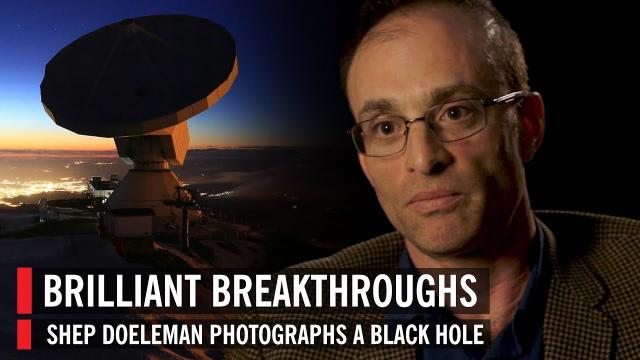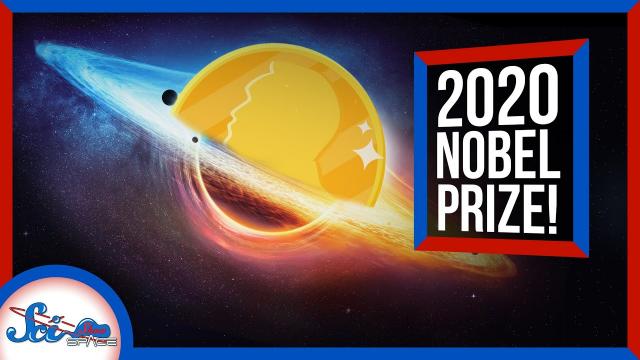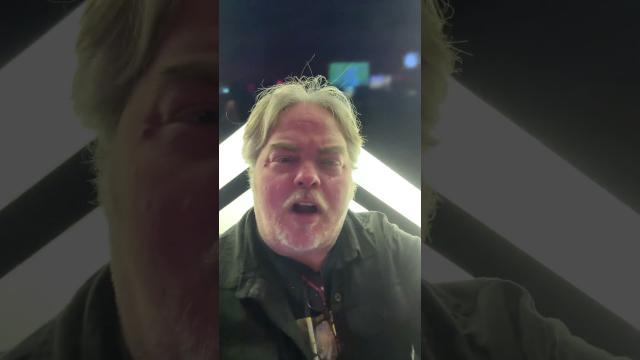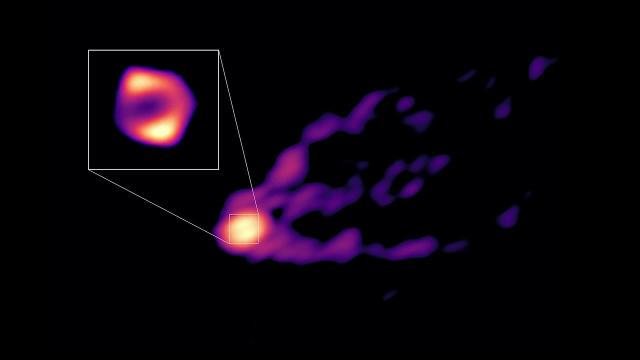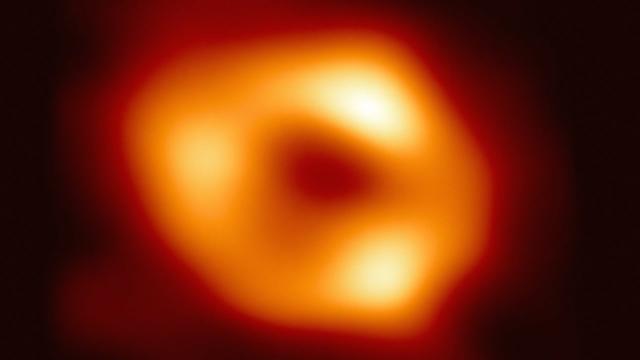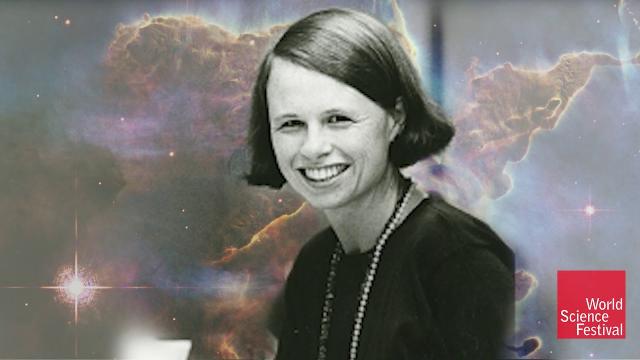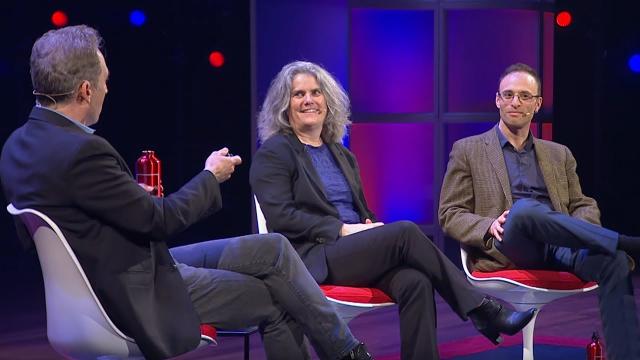Shep Doeleman—How EHT Imaged a Black Hole (2020 Breakthrough Prize Winner)
Description
Congratulations to Shep Doeleman and the the Event Horizon Telescope team, winners of the 2020 Breakthrough Prize!
Acknowledging the scientists who blazed intellectual trails before him, Isaac Newton wrote: “If I have seen a little further it was by standing on the shoulders of giants.” In this special annual series, we invite our audience to stand on the shoulders of a modern-day giant.
In celebration of the astounding recent achievement of the Event Horizon Telescope, we are honored to present Harvard-Smithsonian Center for Astrophysics astronomer Shep Doeleman, whose team worked for over a decade to capture the first-ever image of a black hole’s event horizon.
Shep Doeleman received his BA from Reed College in 1986 and left soon after for a year in Antarctica where he ran multiple experiments in the polar cusp program at McMurdo Station on the Ross Ice Shelf. With an appreciation for the challenges and rewards of instrumental work in difficult circumstances, he returned to complete a PhD in Astrophysics at MIT. Now as an astronomer at the Harvard-Smithsonian Center for Astrophysics, he leads the Event Horizon Telescope (EHT) whose goal has been to image the event horizon of a black hole: the boundary where gravity is so strong that even light cannot escape. The EHT does this by linking radio dishes around the globe into a virtual Earth-sized telescope with the highest angular resolution possible from the surface of our planet. On April 10th, 2019, the EHT project announced the first image of a black hole, confirming (at least for the moment) Einstein’s theories at the boundary of a supermassive black hole, and opening a new window onto the study of these most mysterious objects. Doeleman is working now on next steps to improve the EHT, sharpening our focus on black holes even further by adding to the global array and extension to telescopes in space. The goal now is to move beyond still images and make real-time movies of black holes.
This program is part of the Big Ideas Series, made possible with support from the John Templeton Foundation.

